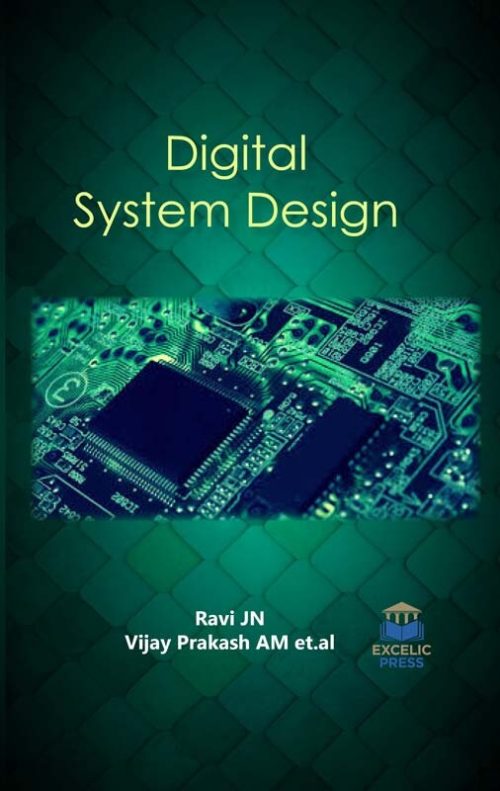Description
Technology is an essential part of our lives today and few can imagine living without. Digital technology has become so widespread that it encompasses nearly all aspects of our everyday lives and we can see its use in handheld gadgets, computers, robotics, etc. Digital technologies have a huge impact on society. Digitization is affecting every industry on areas like financial policy, employment, and competition.
This book provides a variety of design and test methods targeted on different digital system concepts such as logic gates for combinatorial logic circuit design and higher-level logic elements such as counters and multiplexers. Implementing the already existing circuits or new circuits using reversible logic has drawn significant interest in recent years as a promising computing technique having application in low power CMOS, quantum computing, nanotechnology, optical computing, etc. Main goals of reversible logic synthesis are to minimize the garbage, to minimize the delay, to minimize the total number of gates, to minimize the width of the circuit. This book starts with an exploration of designing implemented 2 × 2 and 4 × 4-bit Vedic multipliers using the reversible logic gate. This book further aimed at designing and assembling an improvised Logic Gates Simulator that can be utilized as an instructional device in basic digital electronics instruction. It also presents on the implementation of TOF-PET systems on advanced reconfigurable logic devices. Further, this book goes to discuss on diode-free adiabatic logic circuits; tightening the contract refinements of a system architecture; extended for UML for automatic generation of UML sequence diagrams from object-oriented Fortran; a fresh view on the microarchitectural design of FPGA-based RISC CPUs in the IoT era; a variation-aware design methodology for distributed arithmetic; and design of low power multiplier with energy-efficient full adder using DPTAAL. In the last chapter, this book presents a review of the global trend of interconnect reliability for the integrated circuit. The book covers both the hardware and software concepts ideal for engineers and practitioners that are working in the field of digital system design.





